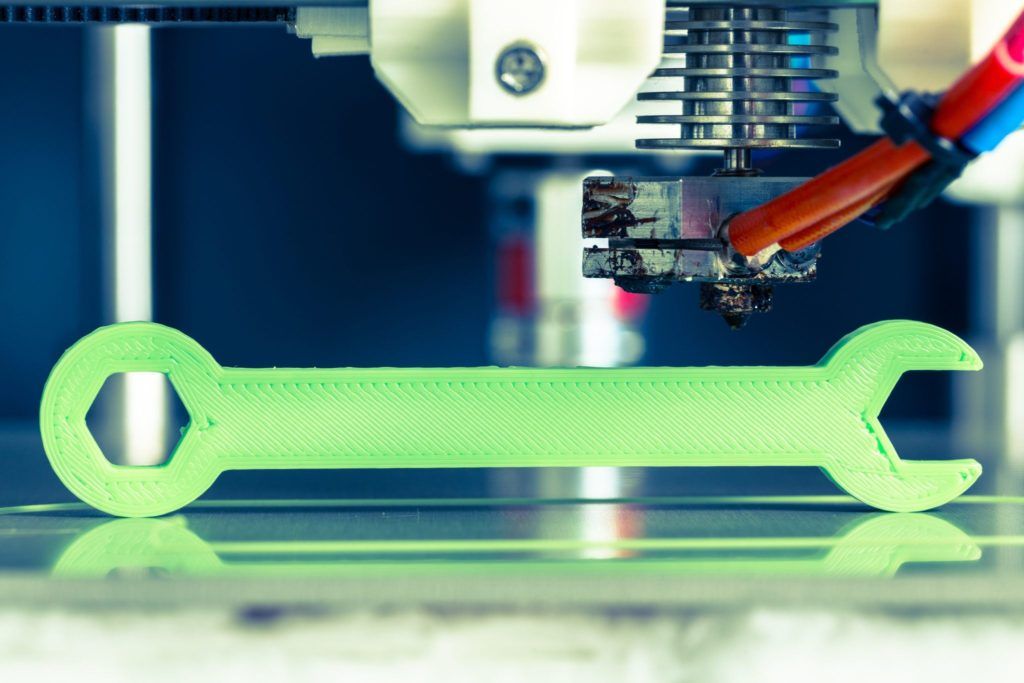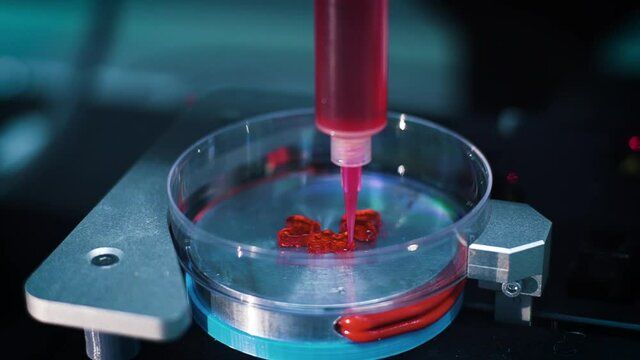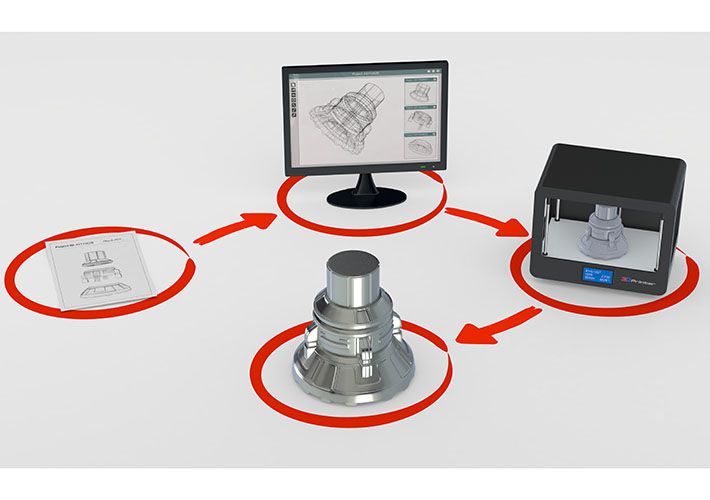The 21st century has witnessed a profound leap in manufacturing technology, most notably through the rise of 3D printing. What began as a method for rapid prototyping has transformed industries, healthcare, and even the way we approach organ transplants. This revolutionary technology, also known as additive manufacturing, builds objects layer by layer, allowing for unprecedented precision and complexity.
In manufacturing, 3D printing has become a tool for innovation and efficiency. Industries ranging from aerospace to automotive have adopted this technology to create parts that are lighter, stronger, and more complex than those produced through traditional methods. Customization is another key advantage, allowing for the production of parts tailored to specific needs without the cost and time constraints of traditional manufacturing.

The potential of 3D printing in medical applications is particularly groundbreaking. Bioprinting, a specialized form of 3D printing, involves creating tissue and organ structures layer by layer using a bio-ink made of living cells. This technology is on the cusp of revolutionizing organ transplantation. By using a patient's own cells, bioprinting can potentially create organs that are less likely to be rejected by the body, offering a solution to the chronic shortage of organ donors.
Research in bioprinting has already led to significant achievements. Scientists have successfully printed skin for burn victims, cartilage for joint repairs, and are working towards the creation of more complex organs like kidneys and hearts. The implications for patient care and the future of organ transplantation are immense, opening doors to personalized medicine and treatments.

Additionally, 3D printing is pushing the boundaries of pharmaceuticals. Researchers are exploring the possibility of printing personalized medications that could be tailored to the specific needs of patients, including dosage and drug combinations. This could lead to more effective treatments with fewer side effects.
Despite its potential, 3D printing faces challenges, particularly in bioprinting. The complexity of human organs, with their intricate structures and the need for a blood supply, presents significant technical hurdles. Moreover, there are ethical and regulatory considerations that must be navigated as this technology advances.
The future of 3D printing unfolds before us, a tapestry of innovation and limitless possibilities that is reshaping the way we manufacture, create, and even save lives. This transformative technology holds the potential to disrupt industries, foster sustainability, and propel us into uncharted territories of invention and production.
At its core, 3D printing is poised to usher in a revolution in manufacturing practices. The ability to fabricate complex objects with precision and speed is reshaping supply chains, reducing waste, and mitigating environmental impacts. This newfound agility in production empowers businesses to optimize their operations, respond swiftly to market demands, and explore sustainable practices that were previously unattainable.
Yet, the impact of 3D printing transcends the realm of industry and extends its benevolent hand into the realm of healthcare. The promise of 3D bioprinting, the creation of living tissue and organs, stands as a beacon of hope for patients awaiting life-saving transplants. This groundbreaking application of the technology offers a lifeline to individuals facing organ failure, potentially revolutionizing the field of medicine and eliminating the organ transplant waiting list.
Moreover, the versatility of 3D printing extends to domains as diverse as aerospace, architecture, and art. In aerospace, the production of lightweight, intricate components using advanced materials is enhancing aircraft performance and fuel efficiency. Architects are harnessing 3D printing to construct innovative and sustainable structures, pushing the boundaries of architectural design. Artists and designers are unleashing their creativity, crafting intricate sculptures and functional objects that were previously inconceivable.
The emergence of 3D printing represents a new era of technological advancement that permeates the very fabric of our society. It is a testament to human ingenuity, a tool that empowers individuals and industries alike to dream, design, and create with unprecedented freedom. As we look to the future, the potential of 3D printing appears boundless, promising to reshape industries, accelerate innovation, and elevate the human experience to new heights. The 3D printing revolution is not just a glimpse into the future; it is the manifestation of a profound technological transformation that is already shaping our world and the generations to come.





